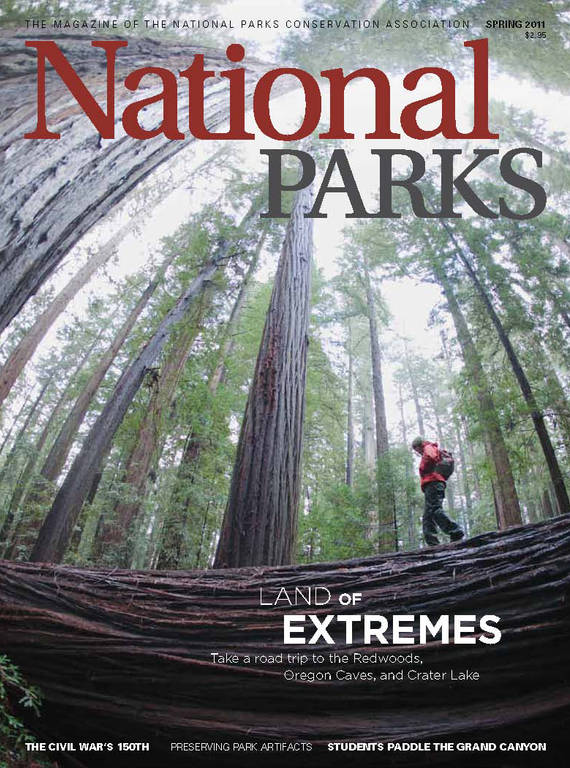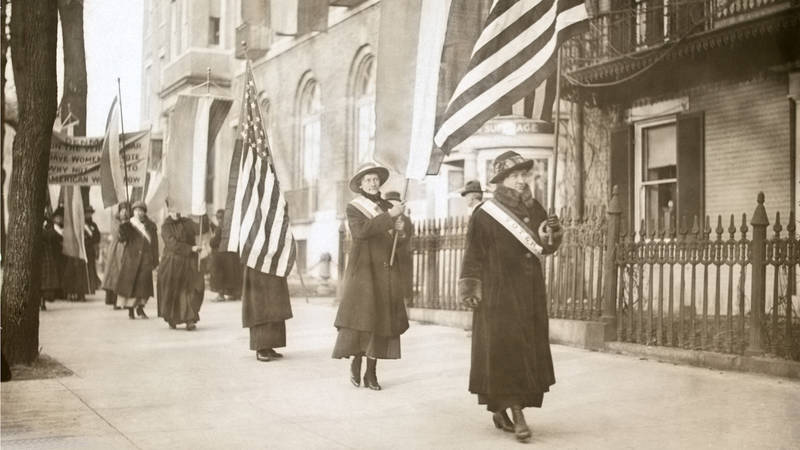Spring 2011
Wilderness Preserved
Walmart withdraws plans for a Virginia superstore atop the nerve center of a key Civil War battle.
The year was 1864. Generals Ulysses S. Grant and Robert E. Lee were about to lock horns for the first time since the Civil War began. In a wooded area on the outskirts of Fredericksburg, Virginia, 120,000 men dressed in Union blue faced off against 60,000 dressed in Confederate gray. The Battle of the Wilderness, as it would be called, was the opening conflict in the Overland Campaign, which would eventually see Grant push Lee back toward Richmond, then Petersburg, and finally to his surrender at Appomattox Court House. Over the course of several days, more than 28,000 men were killed, wounded or captured in the Battle of the Wilderness.
In the immediate rear of the Union line, in one of the few clearings, the Army of the Potomac had its headquarters—a tent city guarded by hundreds of cavalrymen and hundreds more artillerymen with 50 cannons. Across the road was a sprawling hospital complex with dozens of tents. Nearly 150 years later, word spread that county officials thought this historic plot of land might be the ideal place for… a Walmart?
In the summer of 2008, NPCA joined with the Civil War Trust, the National Trust for Historic Preservation, the Piedmont Environmental Council, Friends of Wilderness Battlefield, Preservation Virginia, and local residents to form the Wilderness Coalition, which rallied in opposition. The list of allies grew to include Virginia’s then-governor, its speaker of the house, its Department of Historic Resources, the National Park Service, and 250 Civil War experts who urged Walmart and the county to find a more suitable location.
But those pleas were ignored. In August 2009, the county’s board of supervisors approved a special-use permit allowing Walmart to build a 140,000- square-foot store along with 100,000 square feet of additional retail space at the intersection of Routes 20 and 3. The site overlooks the Wilderness Battlefield unit of the Fredericksburg & Spotsylvania National Military Park, and although it’s not owned by the Park Service, historians agree that it was part of the original battlefield.
In response, several coalition members sued to challenge the decision in September 2009. Pulitzer-Prize–winning historian James McPherson signed on as an expert witness. The law firm of Arnold & Porter offered the group its services, pro bono, eventually donating more than 5,000 hours of legal services to the cause. At issue was not only the historical importance of the site, but also the impact on traffic and the local economy. In the end, Bob Rosenbaum, the lead attorney, based the coalition’s case primarily on the fact that the county had failed to consider the protection of historic resources in arriving at its decision. Finally, in January, on the second day of trial, Walmart officials announced they were nixing their controversial plans.
“Despite the significance of our national parks, the integrity of these and other historic treasures is often entrusted to local officials,” says Rosenbaum. “This case demonstrates what can happen when that public trust isn’t taken seriously.”

National Parks
You can read this and other stories about history, nature, culture, art, conservation, travel, science and more in National Parks magazine. Your tax-deductible membership donation of $25 or more entitles…
See more ›Some would argue that given the nation’s economic situation, now is not the time to argue against jobs. But it’s a mistake to assume that economics always favors one side of the equation over the other.
”National parks add enormous value to their communities in many ways,” says Joy Oakes, senior director of NPCA’s Mid-Atlantic Regional Office. “On average, every federal dollar invested in national parks returns four dollars in economic activity to the community.”
Ultimately, Walmart’s leaders may have realized that even if they had been fortunate enough to win the case in an Orange county courtroom, they were unlikely to win in the court of public opinion. The company has announced plans to find another site in Orange County, and has promised not to develop the battlefield land. But Civil War and park advocates want to see the land preserved forever, and they won’t rest until a permanent solution is put in place. If that day comes, it could mean that this battle was the last battle for the Wilderness.



